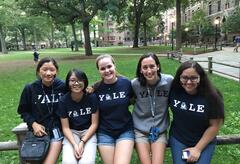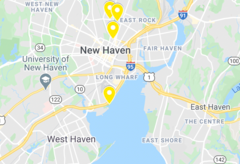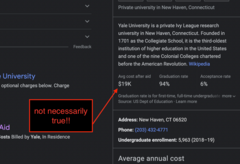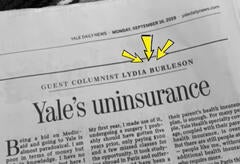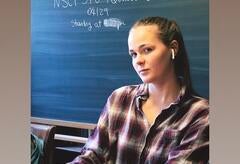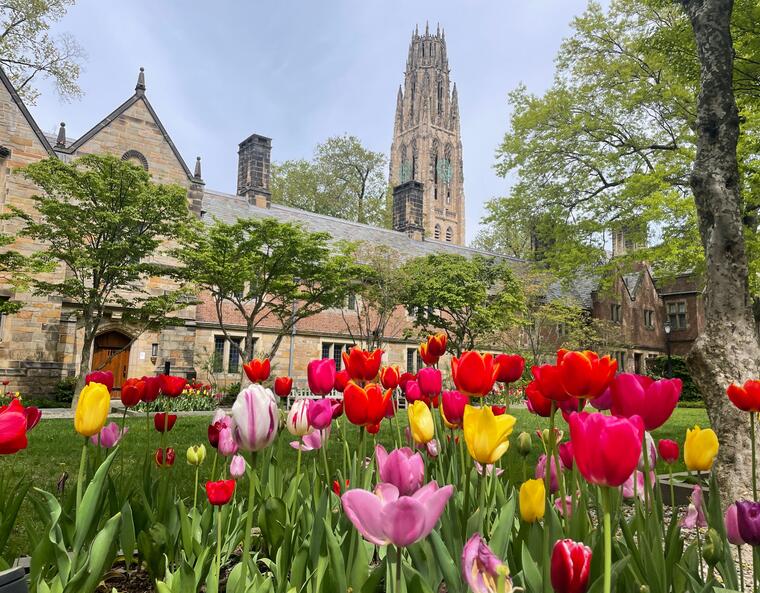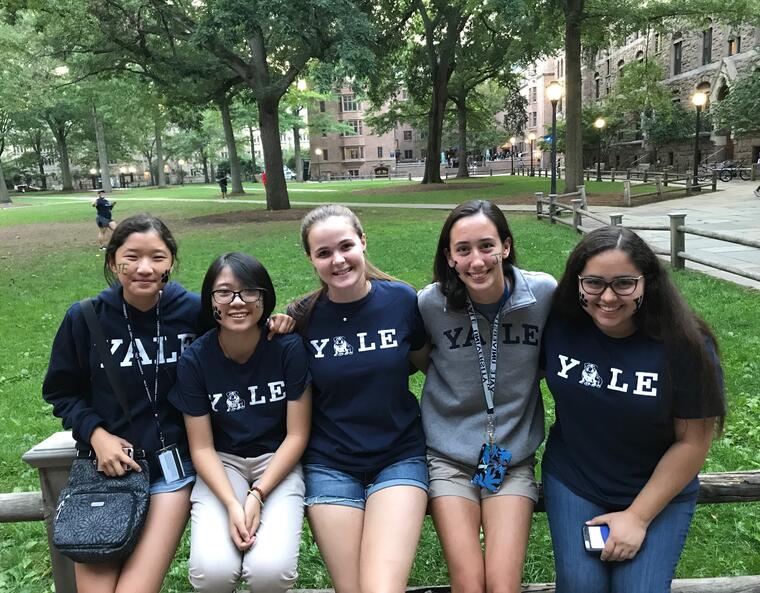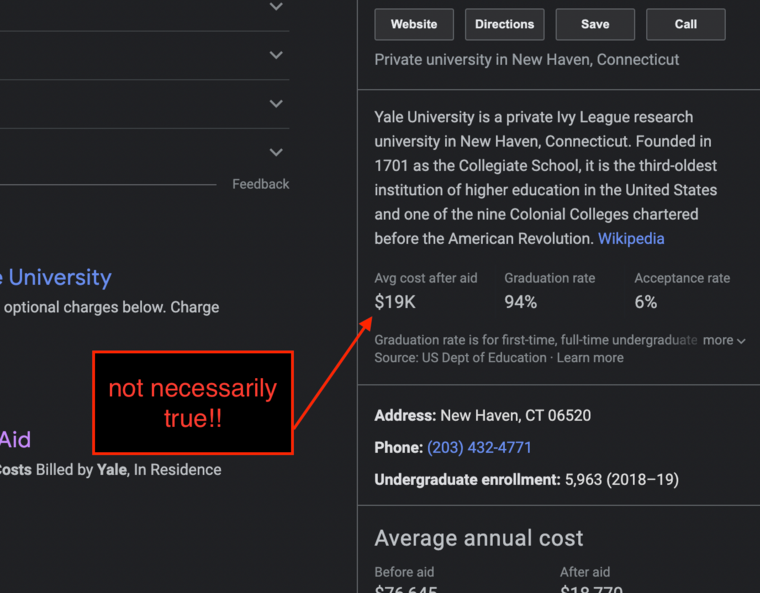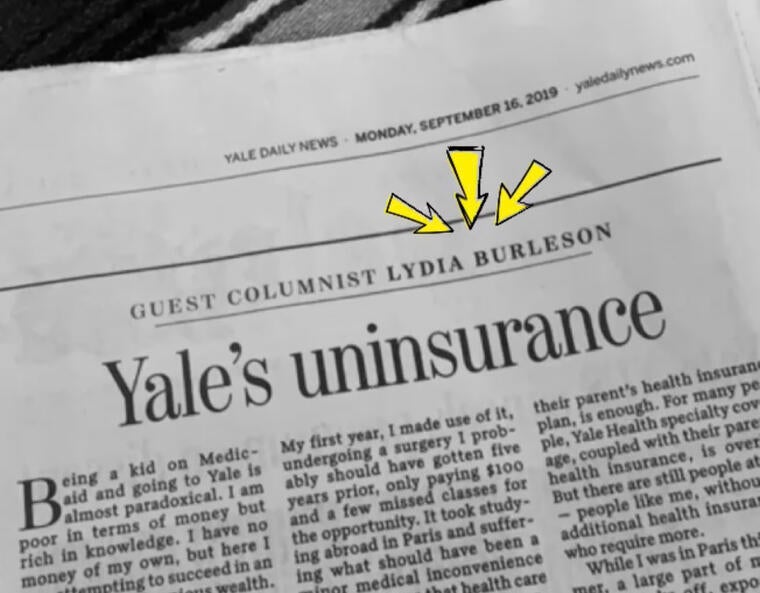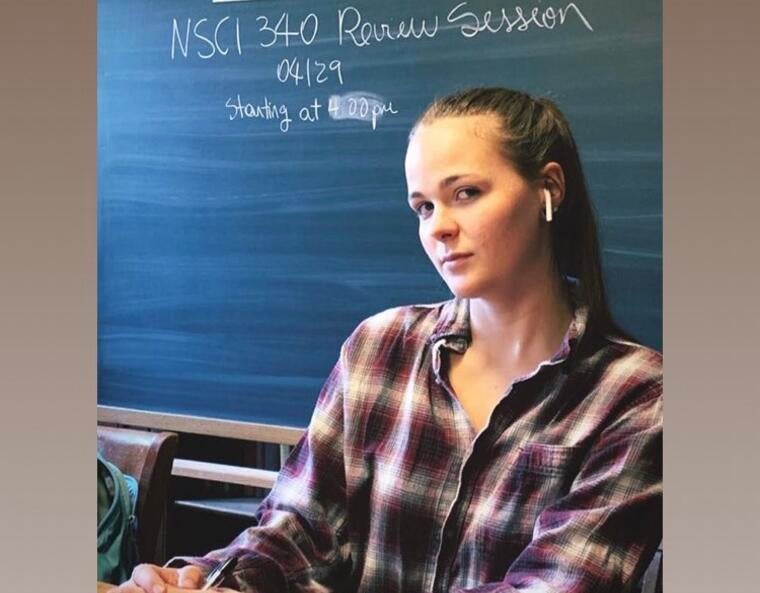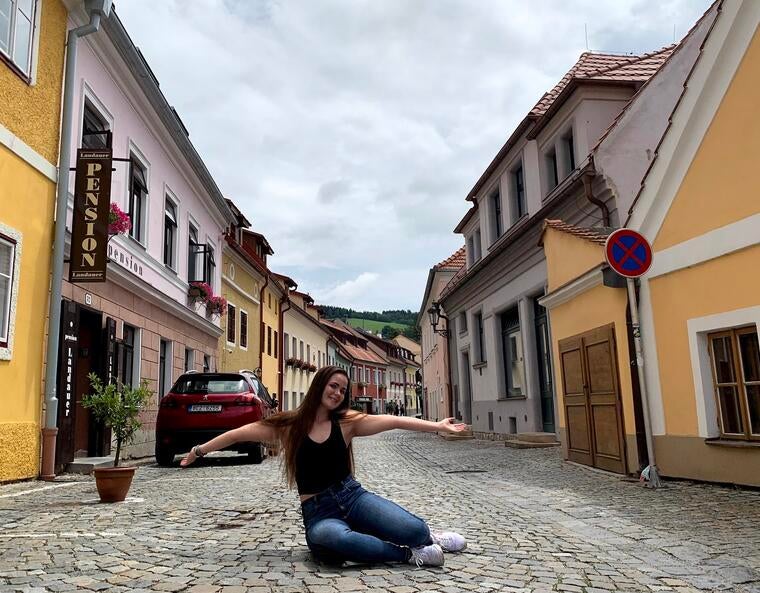
The summer before the world closed its borders, I used Yale’s International Study Award to study abroad in the Czech Republic and travel around Europe. As someone who’d barely been on an airplane before coming to Yale, the trip came together with the help of Yale’s Study Abroad office, my college advisors, and my desire to go. Yale has the face-to-face, online, and financial resources to support first-generation low-income full-aid students to travel abroad. Below is a guidebook to how I made my desire to study abroad a reality!
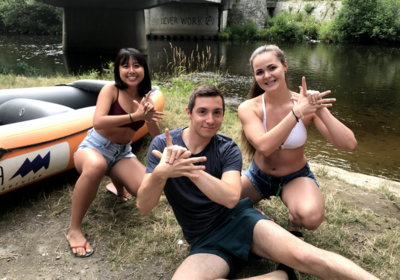
I pose with two other Yalies from my residential college in front of a river we rafted together! (We’re making JE with our hands–that’s our residential college)
1. I had an idea.
During my sophomore year, I’d been thinking about studying abroad. Many of my peers went abroad over the summer between our first and second years, and as we talked, I realized that a) studying abroad sounding AMAZING and b) it seemed like Yale made it pretty accessible. I’d also heard people talking about using their ISA (International Study Award–I talk more about this later), and I knew that every student on financial aid was eligible. From these dining hall conversations, I decided that I’d look programs in the humanities that could broaden my understanding of my English major and place me in the real-life context for some of the topics I’d studied. I thought it over and decided to pursue a structured class rather than a field experience.
2. I searched for programs.
Once I had the general will to study abroad, I began using Yale’s copious resources to figure out my next steps. I used the Getting Started page on Yale’s study abroad website to consider what I wanted to get out of the study abroad program. After some reflection, I decided I also wanted to use the study abroad opportunity to connect with some other Yalies. I used Yale’s search programs feature and narrowed down the programs that looked most interesting. (Side note: you don’t have to pursue a Yale study abroad if you have other interests, and Yale’s search tool includes other programs. The list, however, is far from exhaustive, and many other study abroad opportunities are still on the table. You just have to submit an additional application to have other programs approved).

Here’s a screenshot of the website I used to help decide what type of program to consider. Yale had an overwhelming amount of resources to help me decide.
From this search, I really liked the sound of 3 Yale-sponsored programs. On the site I could get basic info about what the program would cover, where it would be, and how much it would cost. From this, I knew where and how to apply. I filled out an application and then waited! Typically, the only limiting factor for a study abroad program is the number of available spots. When I applied, I didn’t get into my first-choice program but was given the opportunity to choose from programs that still had space. The program I ultimately completed came from that list, and it was amazing!
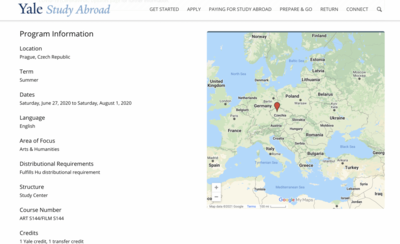
A sample program page that lists all the basic information and a map of where the program is located. This program page setup was super helpful as I decided which programs I’d take.
3. I searched for funding.
Before I started the application process, I’d already been aware that Yale had the ISA to support students’ study abroad goals. But I hadn’t realized just how well the ISA would pay for my trip. Because I’m a full-aid student, the ISA covered 100% of my programs listed budget (that’s where the budget from the program page came in handy), up to a certain dollar amount. (The current level is about $15,000.) My ISA budget included food and plane ticket costs, in addition to tuition! I got a financial aid refund to cover these non-direct costs! This feature of the ISA meant that I was able to study abroad in Europe at no direct cost to me! My trip was fully funded! Also, because the ISA is given to every student at Yale with a financial aid package, it meant I and every other student on financial aid is able to access this funding at least once! There’s no application process! It’s amazing!
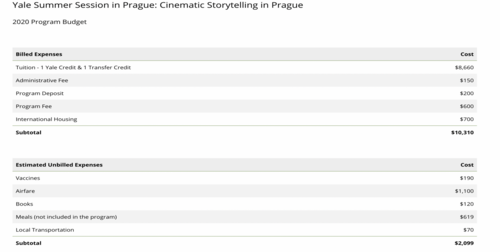
A sample study abroad budget. The ISA covers both billed and unbilled expenses, and if you’re on full aid, you’ll get a refund to cover the other costs like food and airline tickets!
4. I went!
After applying, getting accepted, and receiving ISA funding, I booked my flight to Europe, giving myself a few weeks before and after the program to use my own savings and explore other countries. By the time I got to the Czech Republic I’d already visited Greece and Italy. In Prague, I moved into a dorm with a few other Yalies and attended class 5 days a week. In my free time, I explored Prague (did you know they have a “beach” along the Vltava River?) and visited other cities and countries nearby with the other members of the program.
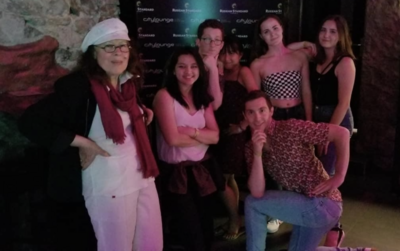
My study abroad group and I pose with our professor in a Czech disco, where we went to learn more about Czech culture (This is by far one of my favorite and funniest moments from the trip).
Through my trip, I got to engage directly with the environment that I was reading about in my texts and watching in the class films. I learned a little Czech and found my small-town worldview widening. Yale’s funding and resources made this trip possible, and my planning and engagement made it memorable!

